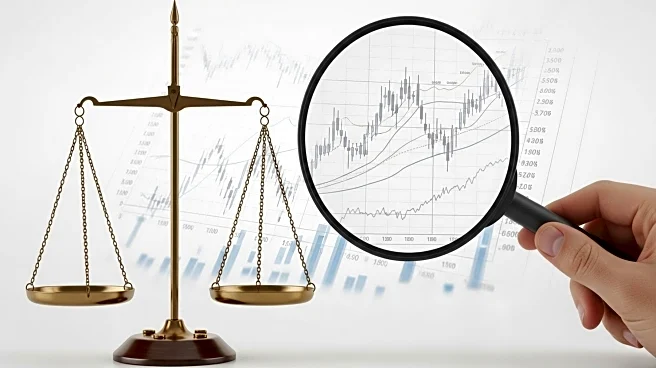What's Happening?
Copper prices have reached $11,000 per metric ton, marking a significant increase not seen since May 2024. This surge is attributed to disruptions at major copper mines, including a recent mudslide at the Grasberg mine in Indonesia. The benchmark three-month copper on the London Metal Exchange rose by 3.1%, nearing its all-time high of $11,104.50. The price increase is driven by strong demand, a weak dollar, and falling interest rates, which have attracted speculative investments. Alastair Munro, a senior metals strategist at Marex, noted the market's inexperience with the power of outside investment.
Why It's Important?
The rise in copper prices has significant implications for various industries, particularly those reliant on copper for manufacturing and construction. Higher copper prices can lead to increased costs for electronics, automotive, and construction sectors, potentially affecting consumer prices and economic growth. The disruptions in supply highlight vulnerabilities in the global supply chain, emphasizing the need for diversified sourcing and investment in mining infrastructure. Speculative investments may further drive volatility in the market, impacting stakeholders from miners to end-users.
What's Next?
Continued monitoring of supply chain disruptions and market reactions is expected. Stakeholders, including mining companies and investors, may seek to stabilize supply through strategic investments and partnerships. Governments might consider regulatory measures to mitigate market volatility and ensure fair pricing. The industry may also explore technological advancements to improve mining efficiency and reduce environmental impact.
Beyond the Headlines
The surge in copper prices underscores the broader challenges of resource management and environmental sustainability. As demand for copper continues to grow, the industry faces pressure to balance economic interests with environmental and social responsibilities. Innovations in mining technology and sustainable practices could play a crucial role in addressing these challenges.











